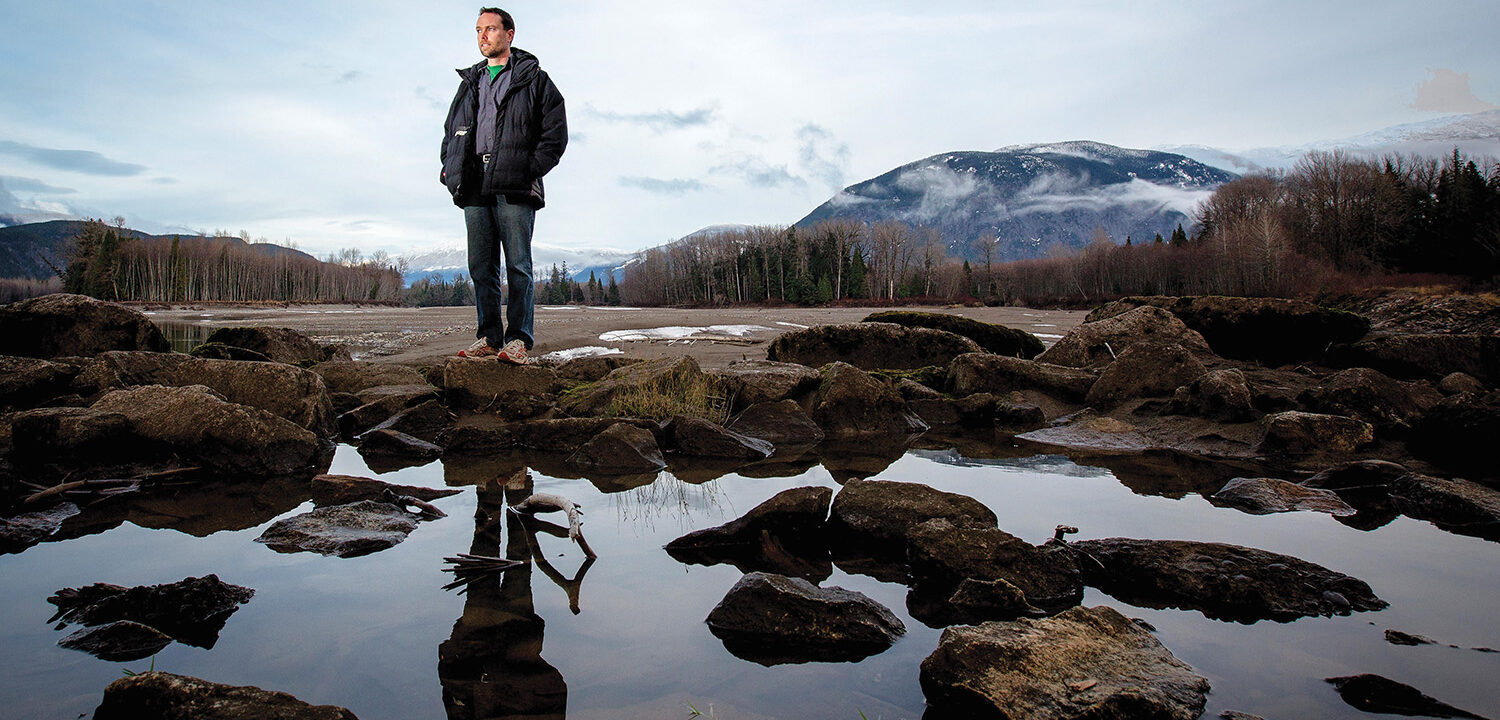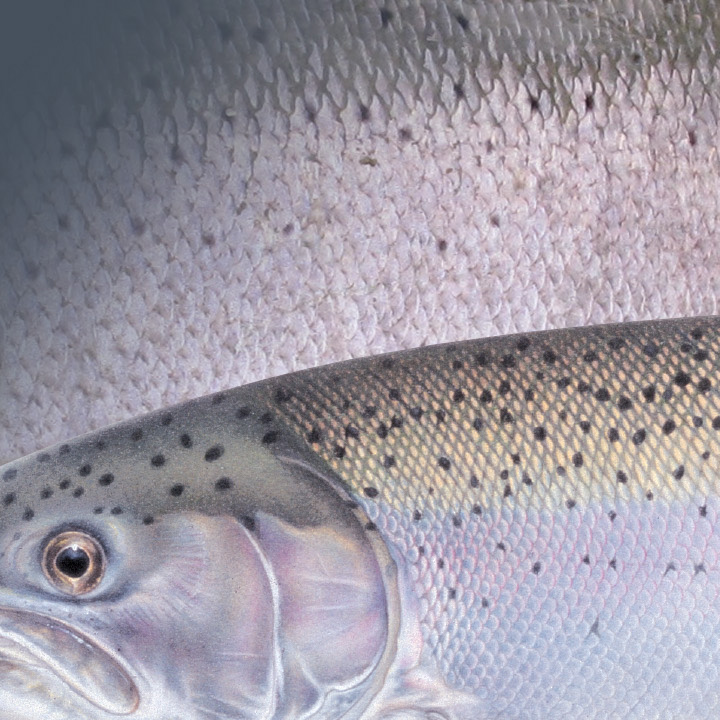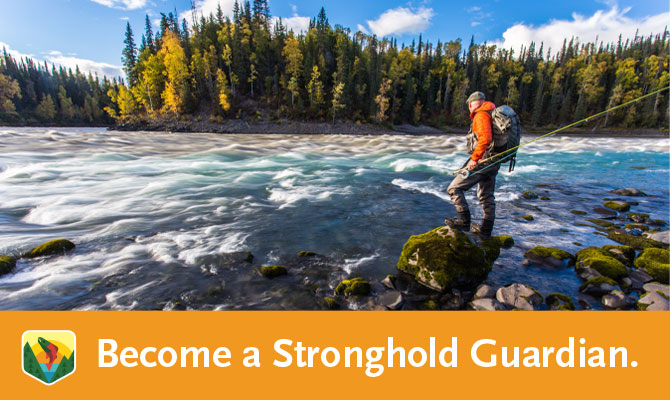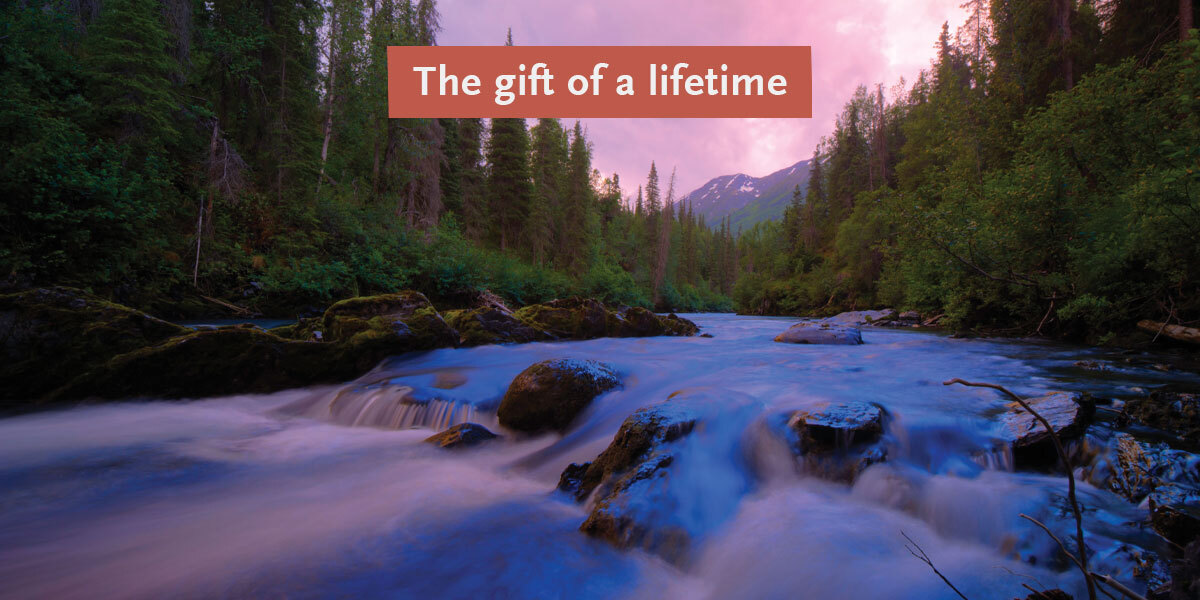Wild Salmon Center’s new British Columbia Director has a vision for scaling conservation work across the province.
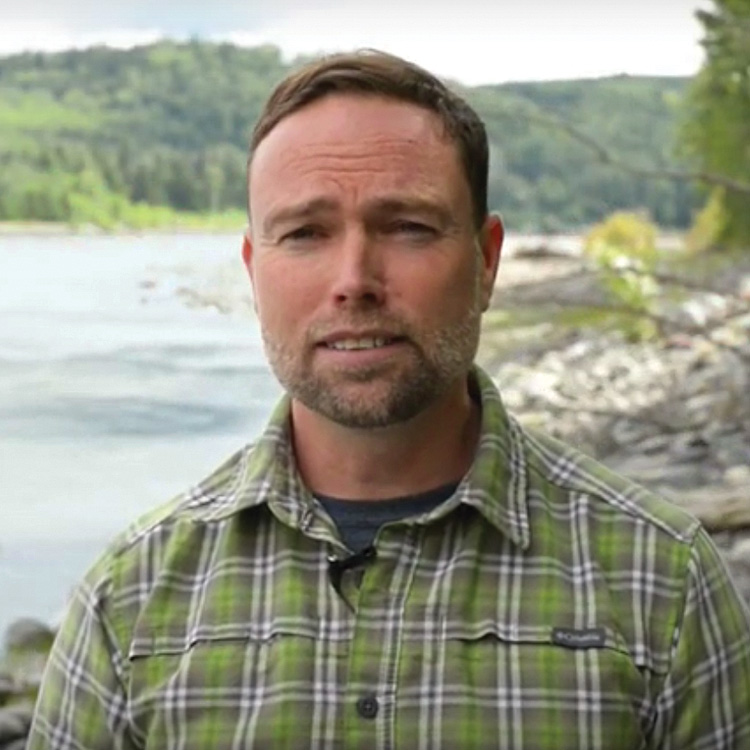
In late January 2025, Wild Salmon Center announced the hire of Greg Knox as our British Columbia Director: a new position within our international team of Pacific salmon policy and restoration experts.
In the months since, Knox—the long-serving Executive Director of SkeenaWild Conservation Trust—has begun traveling the province, meeting with partners to hone his vision. (He’s also been working with incoming SkeenaWild Executive Director Julia Hill Sorochan to ensure a smooth transition.)
Knox officially joined Wild Salmon Center in March. The timing for this new, province-wide role is fortuitous, he says. The coming months and years will bring big, possibly unprecedented challenges to salmon and steelhead conservation in B.C.—but also powerful opportunities. Key among the latter is the opportunity to build a shared base of power among conservation leaders across the province.
“There are important collaborations happening across the province to protect salmon and steelhead,” Knox says. “What there hasn’t been, so far, is one organization that’s truly dedicated to understanding the needs of conservation groups across British Columbia. Wild Salmon Center can play that support role.”
“There hasn’t been one organization dedicated to understanding the needs of conservation groups across British Columbia. Wild Salmon Center can play that support role.”
Wild Salmon Center British Columbia Director Greg Knox
Knox says he’s ready to make this lift—and that it’s needed now, more than ever. He sees a united front as key to making conservation gains in the near future, given rapidly shifting politics and policies both in Canada and elsewhere in North America.
“At the federal level and beyond, we’re seeing new austerity, and a lot of uncertainty,” Knox says. “We’re really going to need to focus our collective attention and resources to make sure that B.C.’s wild salmon and steelhead are safe.”
Below, Knox shares how he’ll work to “raise all boats” across the province.
Wild Salmon Center: You led SkeenaWild for the past 18 years. What’s been the response from folks to your new role—and its focus not on one watershed, but an entire province?
Greg Knox: I feel pretty lucky in that everyone has been very supportive. They see the value in this move. Folks seem to feel that I can really help in this role. This position, and what it says about Wild Salmon Center’s commitment to British Columbia and its partners here—it’s just really timely. We’re entering volatile times. Wild Salmon Center can help ensure that critical work being done in the province can continue. Our goal is to raise all boats—to bring more resources to the work in BC. at a time when it’s more needed than ever.
That’s what’s fueling my drive, is this incredible response I’ve gotten so far. I’m humbled, and also taking it really seriously. I understand that people are putting a lot of faith in me and I want to show that I’m up to the challenge. But it’s not going to be easy.
“We’re entering volatile times. Wild Salmon Center can help ensure that critical work being done in the province can continue.”
Wild Salmon Center British Columbia Director Greg Knox
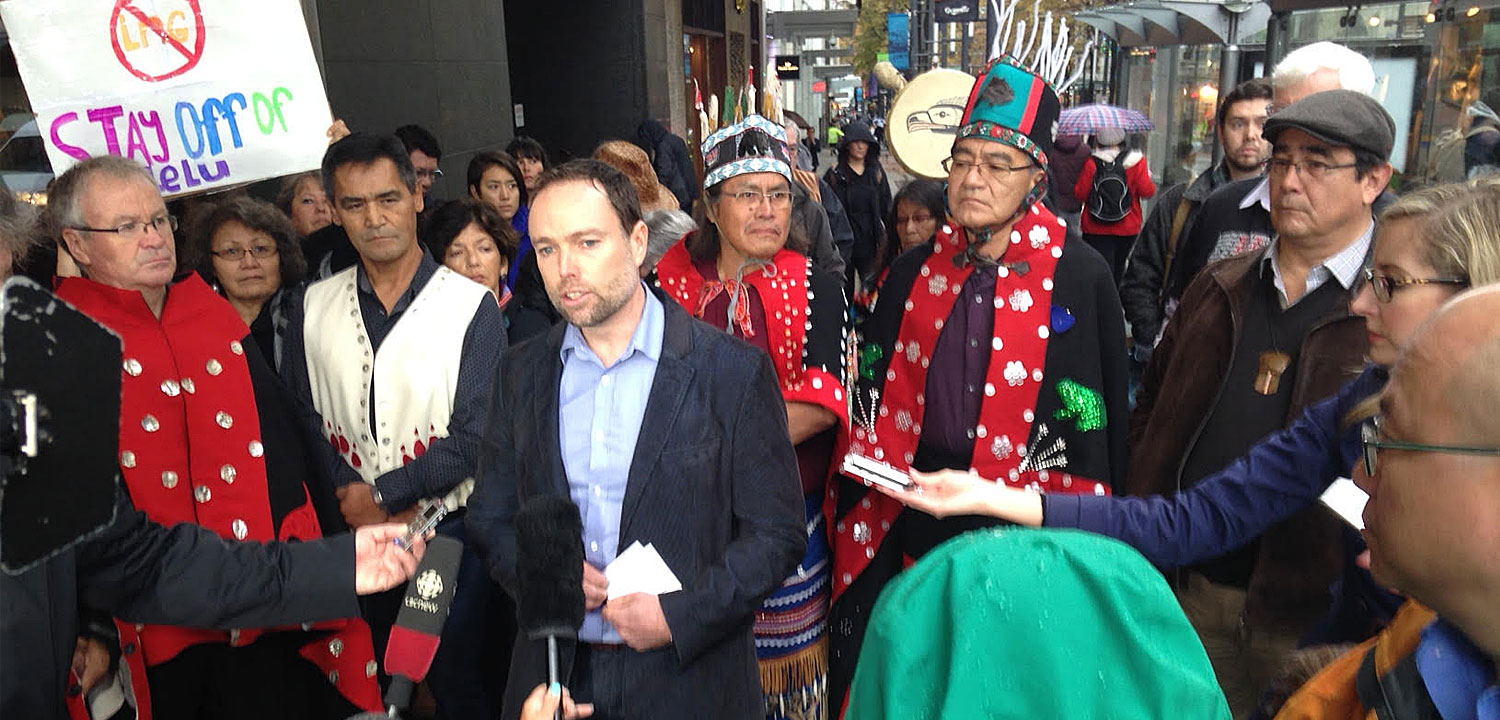
What challenges are you anticipating?
We have some serious challenges right now with politics both at the federal level in Canada, and south of the border. It’s bringing a lot of uncertainty to our work. We’re likely facing reductions in spending from our federal government. So there’s austerity already starting to hit us. And there are more challenges on the horizon. In British Columbia, our recently reelected provincial government has committed to protecting salmon and protected areas. And yet, it also seems to be refocusing efforts more on the economy—and less on salmon and their habitat.
Do you see opportunities to make headway in salmon conservation, given these emerging challenges?
Absolutely. One key opportunity lies in holding the provincial government to its 30 by 30 commitment by creating new protected areas in places like the Skeena, Nass, and Central Coast. We can work on both sides of the Canada-U.S. border to strengthen the Pacific Salmon Treaty in light of our climate challenges and the unpredictability of our salmon and steelhead returns. And we can continue to support Indigenous-led land use planning, like in the Skeena and Nass, as well as the work of First Nations to protect key salmon ecosystems like the Chilcotin River and Central Coast.
“One key opportunity lies in holding the provincial government to its 30 by 30 commitment by creating new protected areas in places like the Skeena, Nass, and Central Coast.”
Wild Salmon Center British Columbia Director Greg Knox
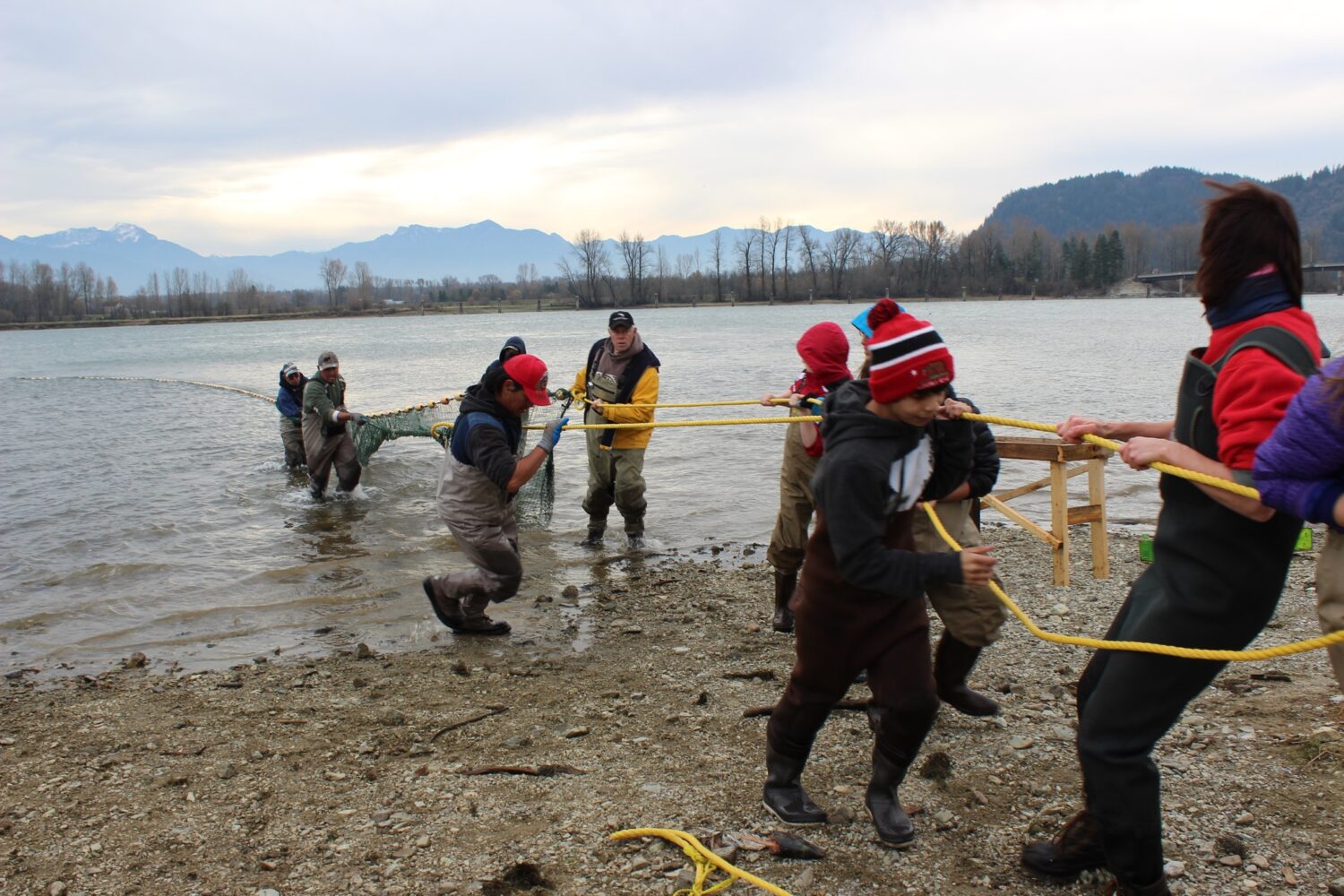
How do you think Wild Salmon Center—and you, personally—can help advance this work?
A good place to start is with the Indigenous communities who are leading the way in protecting salmon and steelhead habitat. This leadership isn’t just in how they’re reforming land use planning. First Nations are also doing really innovative work in selective fisheries, rebuilding plans, artificial intelligence, genetics, and other research.
But there’s not a lot of opportunity for these communities to talk to each other, regionally or internationally. That’s where having an organization that can play a convenor role, like Wild Salmon Center, can be really helpful. We have the opportunity to help spotlight and scale this work.
“First Nations are doing innovative work in selective fisheries, rebuilding plans, artificial intelligence, genetics, and other research. We have the opportunity to help spotlight and scale this work.”
Wild Salmon Center British Columbia Director Greg Knox
Wild Salmon Center is really well positioned to help with that knowledge exchange, help showcase local heroes who are already implementing new fisheries management and habitat protection tools. Because these aren’t just ideas. These are real solutions that are already happening in rivers. And happening in a significant way here in B.C.
You’ve got a lot of work ahead of you, it sounds like. How are you preparing?
I’ve spent most of my life exploring the Skeena and Nass with friends, family, and colleagues. I’m really excited to now deepen my understanding in other salmon strongholds, and really understand them in a hands-on way. This spring and summer I’ll be getting out to the Chilcotin, Taku, Kimsquit, and maybe out to the Central Coast. I have a lot of relationship-building ahead of me with First Nations and other local partners. And, hopefully, the opportunity to learn firsthand from other communities in strongholds beyond B.C.
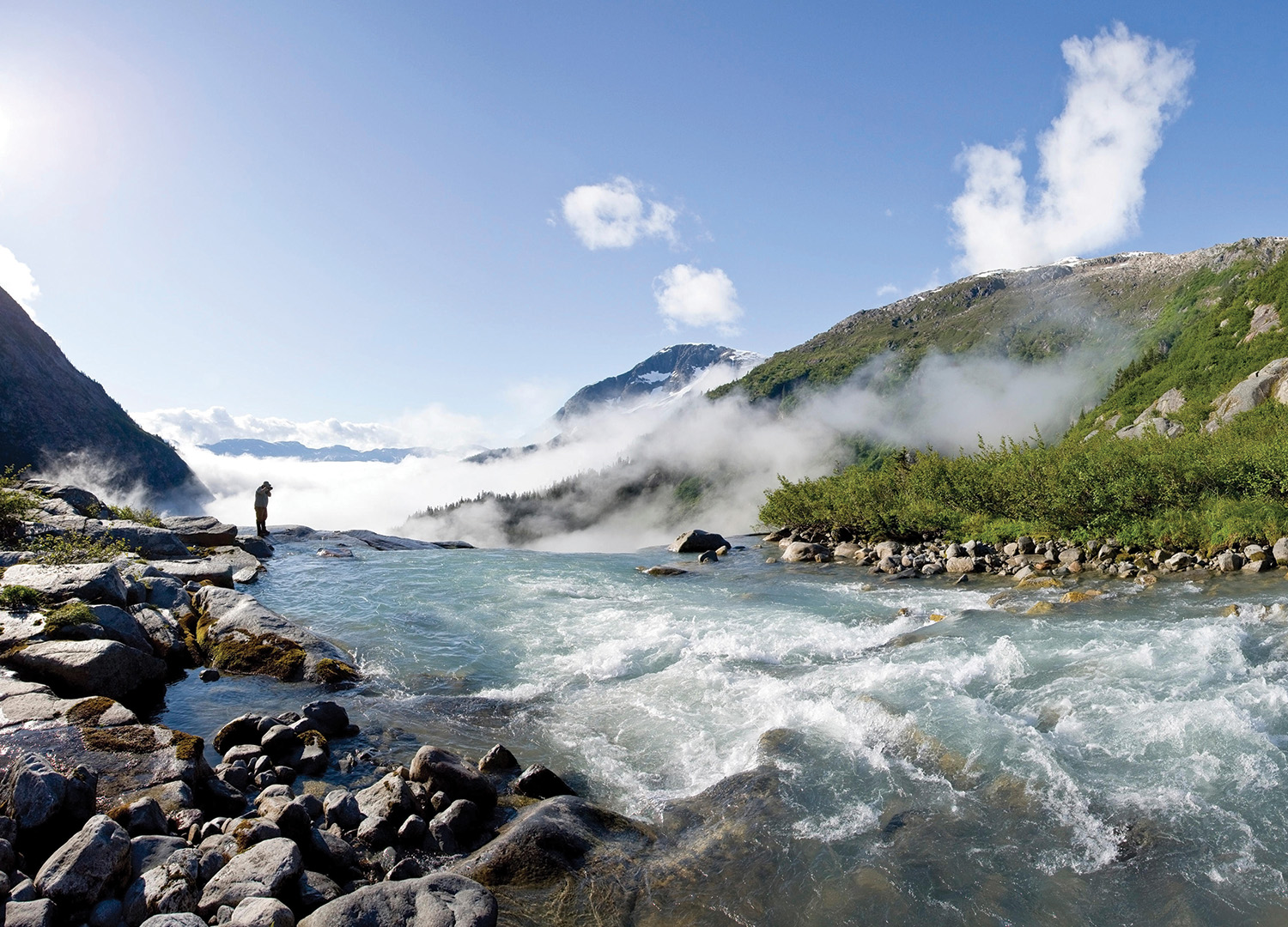
This incredible network of relationships is, I think, Wild Salmon Center’s true strength. We support local communities—the people on the ground who can protect their rivers over the long term. But this local support is part of a larger, global story of salmon.
I feel really privileged to be taking on this challenge, and lucky to have so many colleagues and friends who want to work with me. I’m ready for this new adventure.
“This incredible network of relationships is Wild Salmon Center’s true strength. We support the people on the ground who can protect their rivers over the long term. But it’s part of a larger, global story of salmon.”
Wild Salmon Center British Columbia Director Greg Knox
